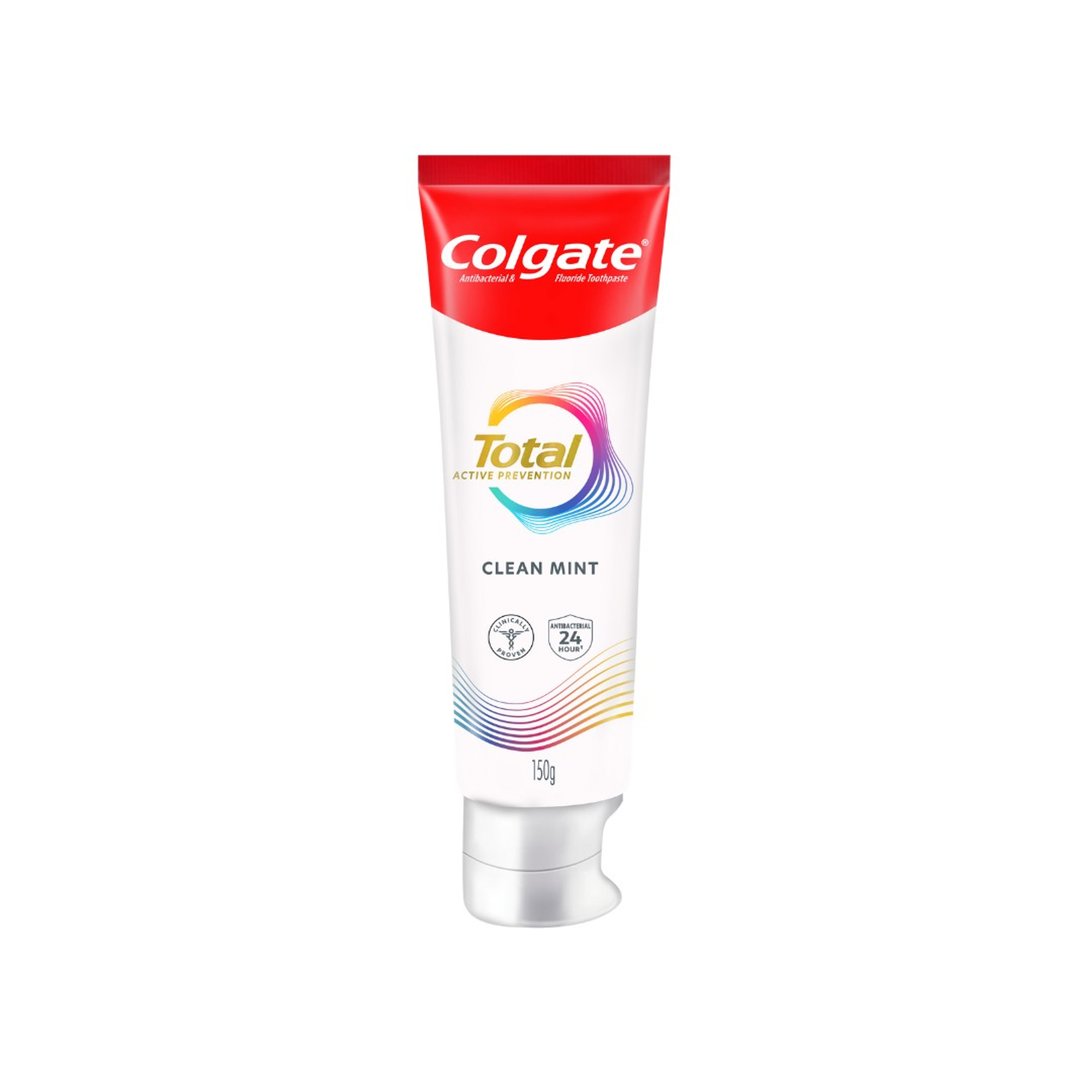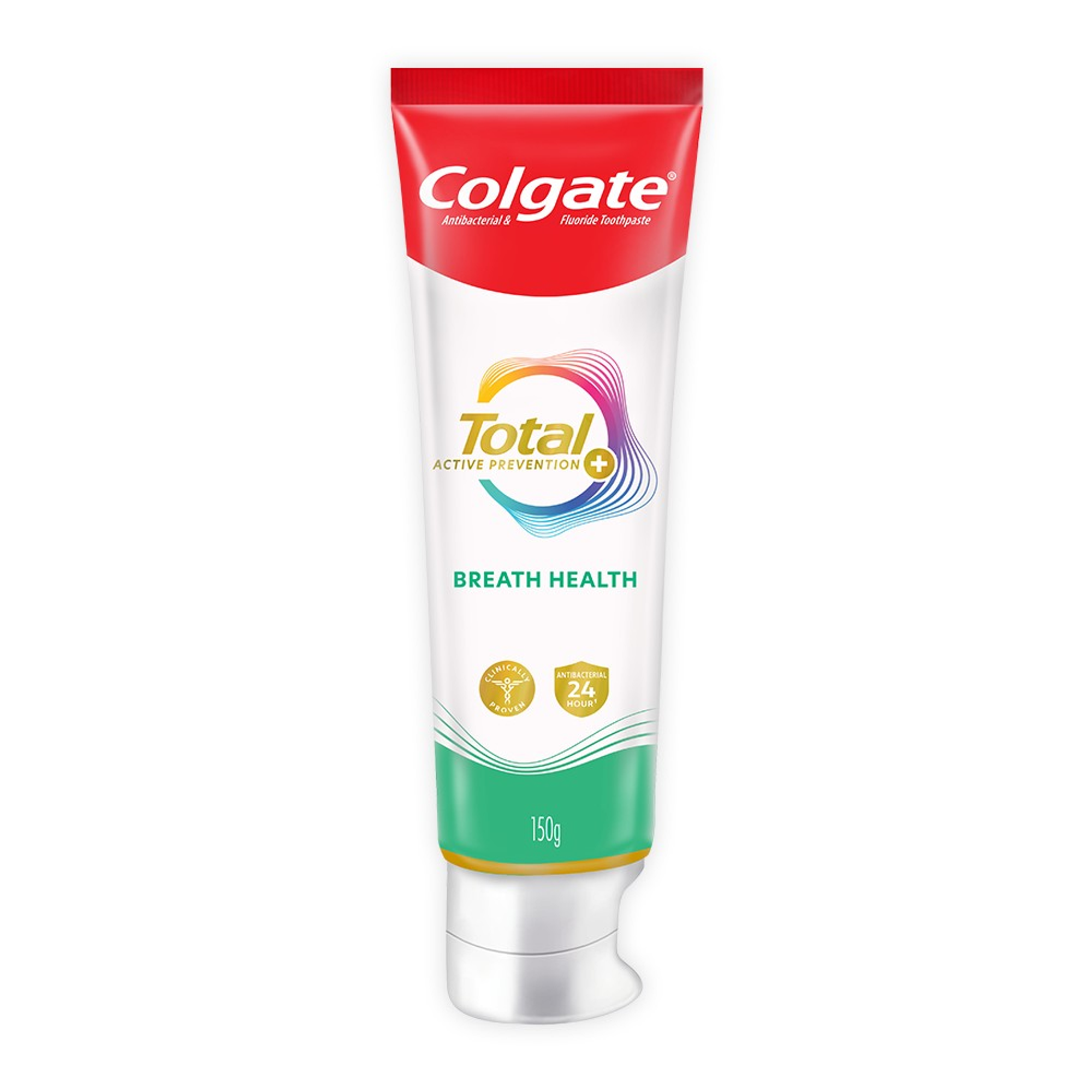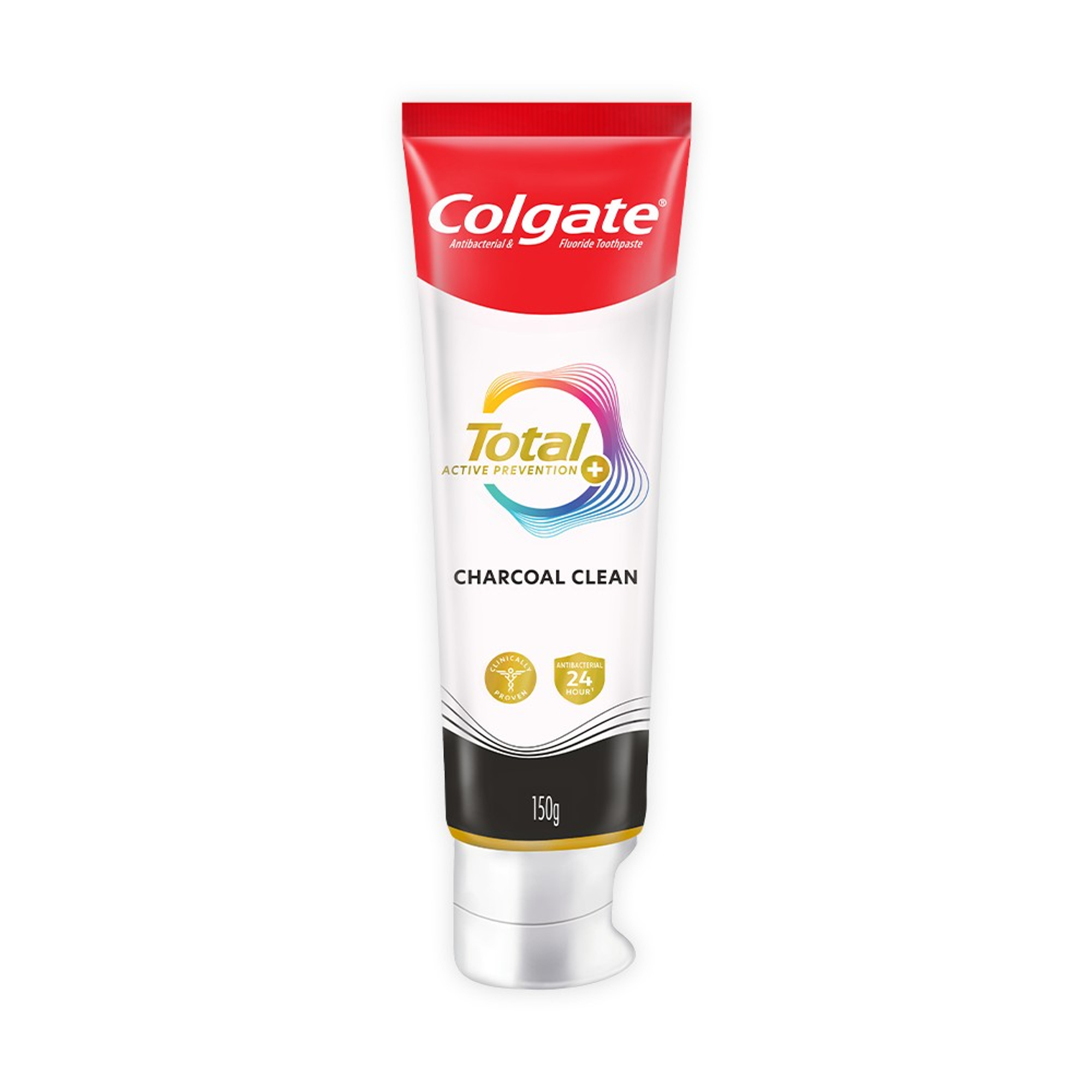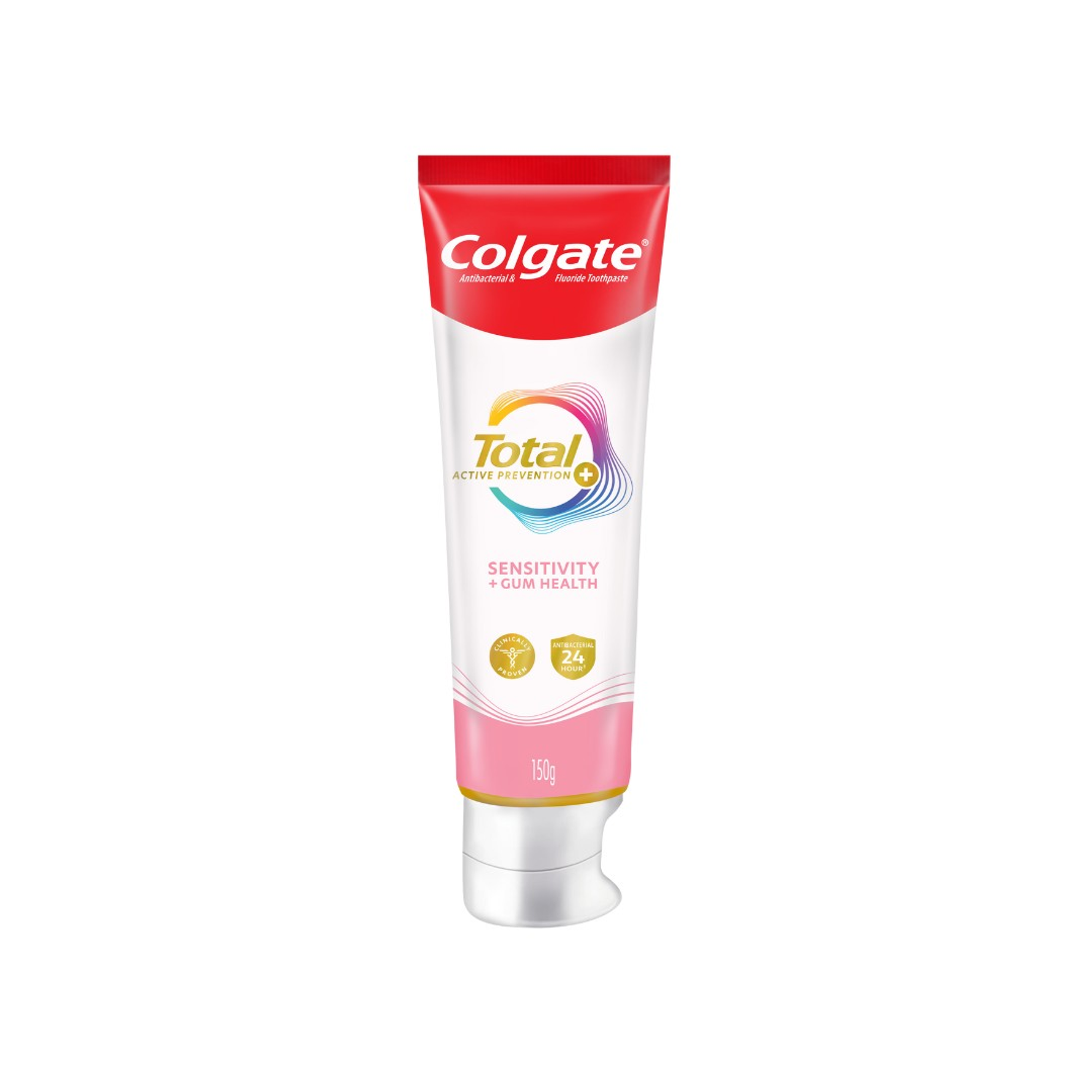-
-

ADULT ORTHODONTICS
Should You Use Mouthwash Before or After Brushing?Brushing and flossing are the foundation of a good oral hygiene routine, but mouthwash can also be a useful addition...

SELECTING DENTAL PRODUCTS
Soft Vs. Hard Toothbrush: Which One Should You Use?The toothbrush has come a long way. As the American Dental Association (ADA) notes...
-
Science & Innovation
- Oral Health and Dental Care | Colgate®
- Oral Health
- Brushing With Salt: Three Factors To Consider In Your Oral Care
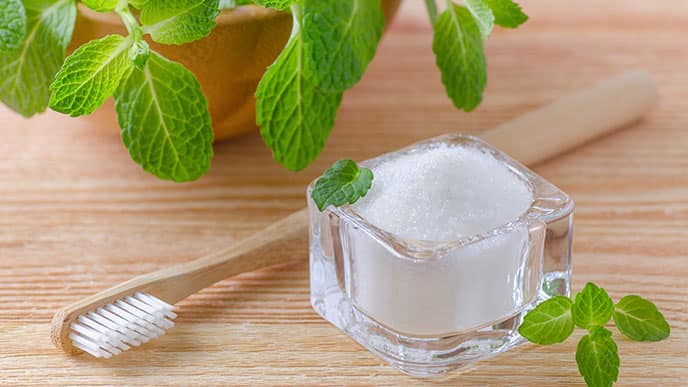

Whether you are moving to a natural lifestyle, DIY-ing your own bath bomb, or looking for the latest life hack for a beautiful smile—you have likely heard about utilizing salt from your cupboard. Touted first for its proficiency in flavoring and preserving food, the application of salt has made its way from the kitchen to the bathroom and everywhere in between.
As with any part of your oral care routine, knowledge is power. To help understand the impact of sodium chloride, or table salt, has on your teeth, here are three considerations:
1. Salt as a Key Ingredient
Calcium carbonate, sodium chloride, and salt. These may sound dissimilar, but they all are the same when it comes to your toothpaste. When examining your tube, you will see a list of specially formulated ingredients that help to clean, strengthen and protect your smile. Each element has its function, and salt is no different. The fine, granular nature, when combined with ingredients like fluoride, helps to gently remove stains as an abrasive agent. When making any changes to your toothpaste, it is important to consider all ingredients.
2. Salt Water as a Rinse
If you want to incorporate pure salt into your oral care routine, consider its functionality as a rinsing agent. Capable of increasing your mouth’s pH balance, salt can be used to rinse your mouth when you're suffering from mouth lesions like canker sores, a sore throat, or irritations on the cheek or tongue. You can rinse with salt 2-3 times a day to help improve these oral issues. Mix a half to a full teaspoon of salt in a cup of warm water and swish around your mouth for about 30 seconds. Salt rinses also alleviate mouth pain, because they decrease inflammation and may help remove some bacteria for temporary relief.
3. Salt in Toothpaste
As far as cleaning and caring for your teeth goes, there are many products that capitalize on salt’s application in oral health. By utilizing sodium chloride, or table salt, as an active ingredient, salt toothpaste acts as a gentle abrasive, capable of removing stains from teeth. Salt toothpaste typically contains other useful ingredients, such as glycerin, silica, and resins, that result in a paste-like consistency. This formulated mix of ingredients helps to empower the stain-fighting qualities of the toothpaste while also protecting enamel.
- Brushing with Salt Toothpaste vs. Regular Toothpaste
While brushing with salt toothpaste isn’t as risky as dipping your toothbrush in some sea salt and hoping for good results, there are still some things to take into account before you switch to a salt toothpaste.
- Salt in toothpaste may help remove stains from teeth, but it can also be dangerous for your teeth. If it’s not mixed with the proper ingredients or made as a DIY experiment, salt toothpaste could cause permanent damage to your pearly whites. You’ll want to trust the professionals on this one and keep the DIY projects away from your oral health.
- Many salt toothpastes are often missing an important ingredient: fluoride. According to the American Dental Association (ADA), fluoride is the MVP when it comes to preventing cavities and strengthening enamel. So, don’t compromise this important mineral when choosing your toothpaste. Go for a salt toothpaste with fluoride in the mix!
- USAGE TIP: When you use a regular fluoride toothpaste, wet the brush before you put on the toothpaste. With salt toothpaste, you shouldn’t wet the brush first or the toothpaste won’t stick to it.
From its origins in preserving food to its applications in preserving your smile, salt is a versatile ingredient for the ages. With its multifaceted application to your smile, salt is worth its weight in...well, salt. Discover what works best for you and consult your dentist about the benefits of salt before making any changes to your oral care routine.
Related Articles
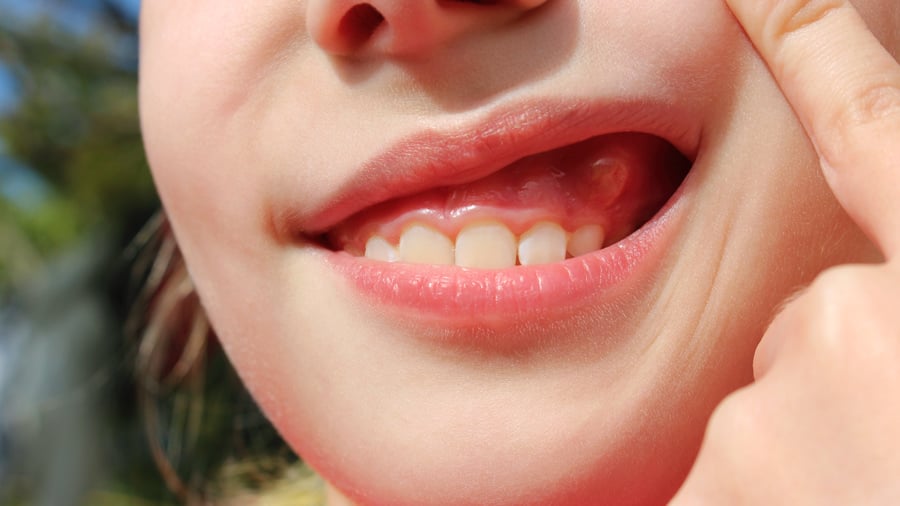
If you notice anything strange in your mouth, such as a gum boil or a bump that looks like a pimple, it's a good idea to have it checked out by a dentist.
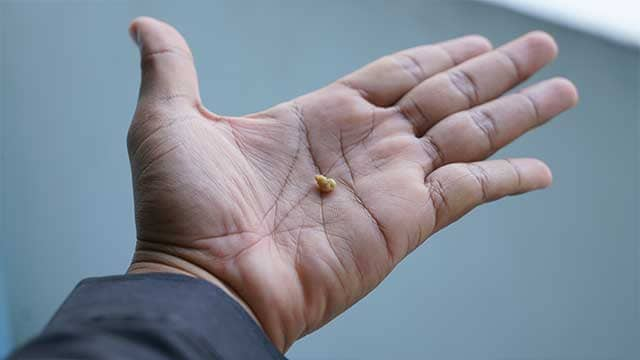
Tonsil stones, clinically called tonsilloliths, are small, white discharges that form in the crevices of the tonsils. They are typically found on the surfaces of the pharyngeal tonsils on either side at the back of the throat. They can be as small as a grain of rice or as large as a pea. They are quite common and usually harmless, but they may spark alarm in patients when noticed for the first time.

Related Products

Helping dental professionals
More professionals across the world trust Colgate. Find resources, products, and information to give your patients a healthier future




